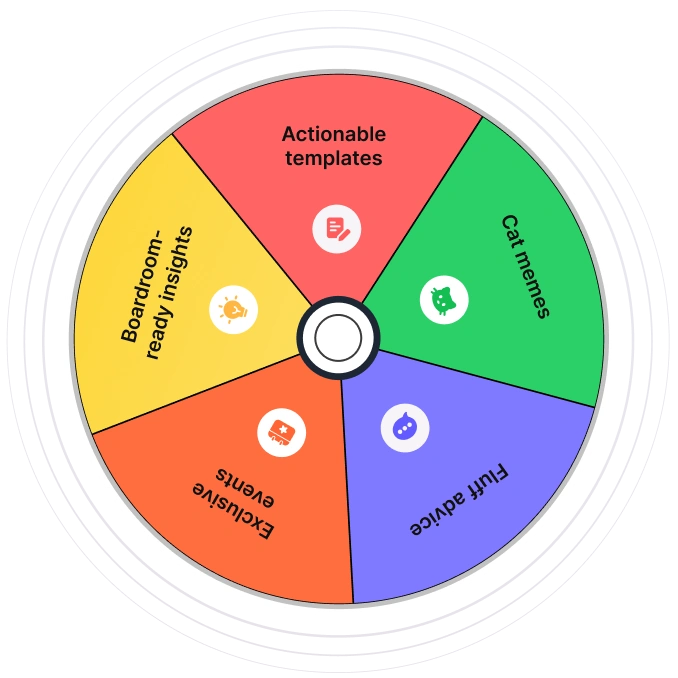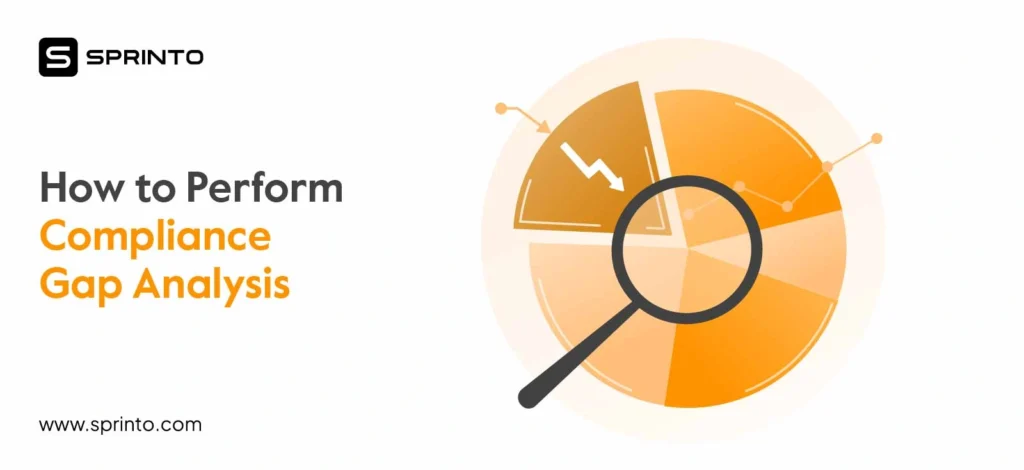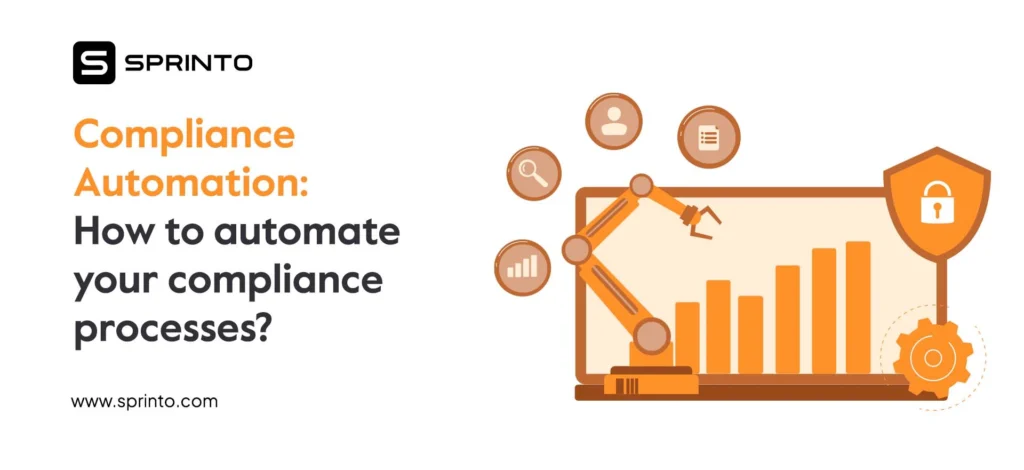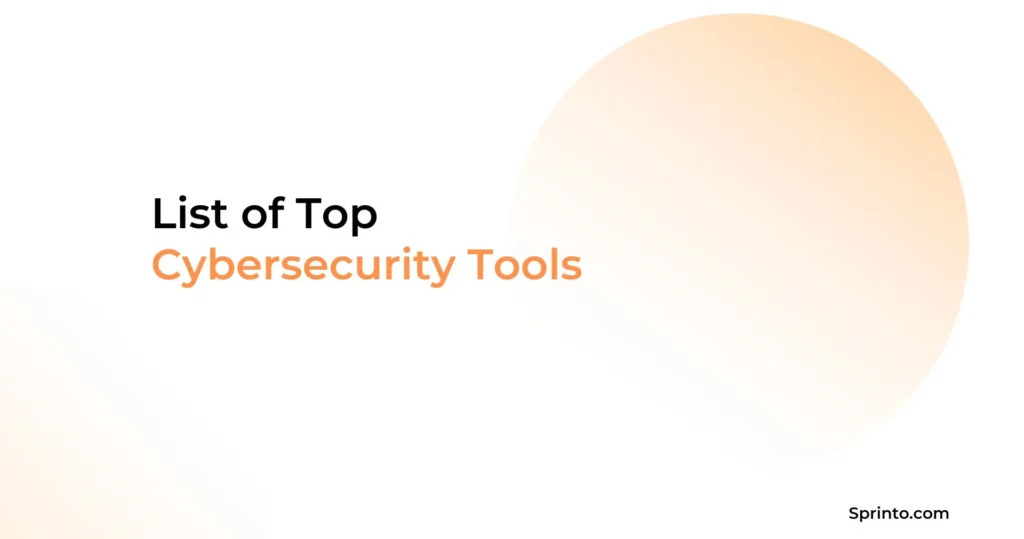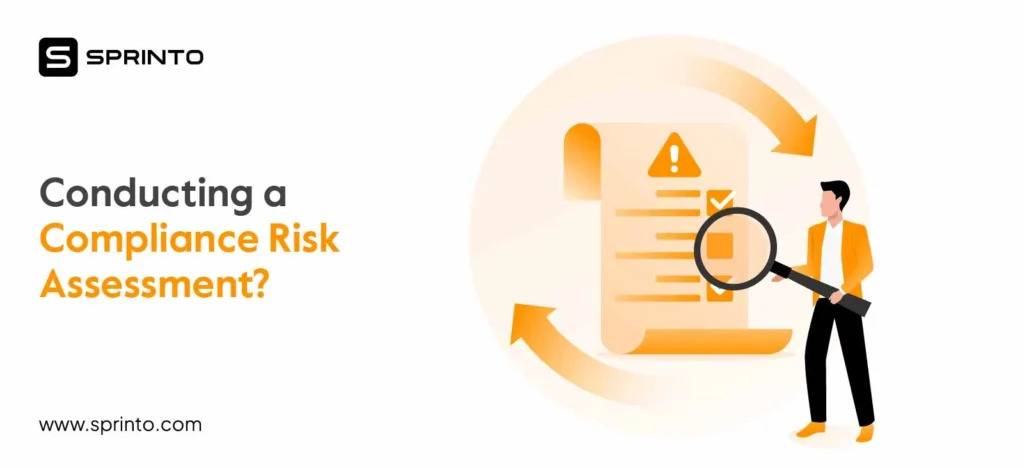Running a business involves risks—circumstances or incidents that could jeopardize your company’s capacity to continue operations.
The ability to spot early signs of risk and mitigate them is essential for an organization to survive. Loss in resources and reputation can result from even the smallest elements being overlooked.
Uncertain situations can probably be managed most effectively through risk management automation. Risk is posed by a variety of factors, including ever-changing market conditions, evolving legal frameworks, and constantly developing technological advancements.
However, not everyone has the time nor means to implement conventional risk management practices. Conventional systems are often expensive and time taking. The current compliance industry is now imbibing the speed and agility of risk management automation platforms.
What is risk management automation?
Risk management automation is the use of technology, such as software and tools, to streamline and standardize risk identification, assessment, mitigation, and reporting across the risk management lifecycle.
The automation reduces reliance on manual methods, is faster than traditional approaches and enables real-time decision making to stay proactive in the face of emerging threats.
Why is risk management automation required?
The objective of automation in risk management is to optimize risk management processes, reduce human error, and enhance the overall consistency and accuracy of risk assessments and decision-making.
Monitoring risks manually with high efficiency is extremely difficult. Instead, new methods for supplying continual risk intelligence and ongoing monitoring are needed for effective risk management.

Let’s take a look at three major problems with traditional risk management models:
- Errors: Employees are more likely to make mistakes when performing tedious activities or working excessively, increasing the hazards.
- Ineffective coordination: Businesses find it more difficult to achieve their goals and objectives due to human workers’ ineffective coordination.
- Ineffective resources: Human agents cannot work quickly to solve underlying dangers or problems, in contrast to smart technologies that can respond to problems more quickly.
Organizations prefer automation for these reasons. Without it, businesses are forced to add more work to their risk management teams due to continual monitoring.
Additionally, businesses still need to learn how to control the vast amounts of continuous risk data and make use of it to prevent disruptions while boosting effectiveness and resilience.
Also read: Risk mitigation strategies
What are the use cases of automated risk management?
Automated risk management uses AI and machine learning to serve a range of use cases across industries whether its cybersecurity risk management, compliance reporting or vendor risk management.
Let’s look at these use cases in detail:
Risk Identification and assessment
Automated risk management processes collect data from scattered sources and use predetermined criteria to identify risks. The likelihood and impact of risks is automatically estimated to assign risk scores and offer insights into risk severity.
Automated workflows
Based on risk severity, the remediation strategies and role-based risk owners are auto-assigned. The mitigation tasks are also tracked and escalated in case these are not resolved and multi-channel alerts are raised to inform the right people.
Continuous monitoring and decision-making support
Automated risk management continuously tracks key risk indicators and offers real-time visibility into an organization’s risk posture. This helps key executives incorporate any projections and make well-informed strategic decisions.
Vendor risk management
Another crucial use case is vendor risk management where vendors are automatically assigned risk scores and classified into risk tiers. The vendor security posture is continuously tracked and any SLA (Service Level Agreement) breaches are automatically reported.
Compliance reporting
Automated risk management maps risks to frameworks and controls and notifies stakeholders when compliance gaps are identified. It also generates audit-ready reports and trails with minimal manual intervention and minimizes duplication of effort if the organization is preparing for multiple certifications.
Incident management
Some tools also come with incident management capabilities, where predefined risk indicators are used to identify and escalate incidents. The investigation and response steps are automatically initiated, and logs and data are collected to support forensic analysis.
How to automate risk management?
Automating risk management includes utilizing technology and tools to speed up the process of risk identification, evaluation, and mitigation.

Here are the steps you need to automate your risk management processes:
1. Define your framework for risk management
Establish a thorough and detailed risk management framework that details the organization’s risk management procedures, roles, and goals. The basis for automation will be this framework.
2. Determine risks
To identify potential risks within your organization, use data-collecting methods, including surveys, interviews, and data analysis. To find common dangers in your sector, you can also use outside resources like industry studies and regulatory data.
Also read: How to manage compliance risk
3. Use tools for risk assessment
To automate the process of assessing risks, use software and tools for risk assessment. With these tools, rank the severity of each risk, assign risk categories, and evaluate its likelihood of occurrence and project the impact.
4. Establish risk triggers and thresholds
To determine when action is required, determine the threshold values for each risk category. Create alerts or triggers in your risk management software to warn the appropriate parties when risks rise above specified levels.
5. Create risk-reduction strategies
Establish a repository of predetermined risk mitigation techniques and safeguards for various risks. Preventative measures, backup plans, and response procedures are a few examples of these tactics. Automate the process of picking the best mitigation tactics in light of the risks found.
6. Combining data sources
Automate the gathering of data from numerous sources, including operational databases, finance systems, project management software, and external data feeds. Real-time and reliable information for risk assessment and decision-making is made available at a single source by integrating these data assets into your risk management software.
7. Ongoing monitoring and reporting
Set up automated monitoring systems that keep tabs on important risk indicators and deliver timely risk status updates. Create regular dashboards and reports that list the state of risk mitigation, the status of those efforts, and any new risks that have emerged.
Recommended: Complete Guide to compliance risk management
How risk management automation improves cybersecurity?
Risk management automation improves cybersecurity by bringing in the benefits of speed, accuracy and time and cost savings. Traditional methods are mostly reactive as there is delayed identification of threats and vulnerabilities leaving chances for operational, financial and reputational disruptions. Automated systems solve this by integrating with your tech stack and using AI and ML to monitor unusual user behavior, network activity or misconfigurations and trigger a response flow immediately. This helps minimize damage because of reduced time between detection and response and helps organizations stay prepared better for emerging cyber threats.
It also brings consistency in risk assessments while freeing up security teams to concentrate on mission-critical tasks. And finally, it supports and streamlines cybersecurity compliance management with frameworks such as GDPR, HIPAA, ISO 27001 etc. by ensuring adherence to policies, continuous control monitoring and automated evidence collection. Audit-grade reports are continuously generated minimizing audit fatigue across teams.
All in all, automated risk management helps you act with thoughtful precision and enhance your cybersecurity posture over time with a proactive security stance.
Benefits of risk management automation
A manually operated cybersecurity program cannot guarantee constant risk monitoring and prompt problem-solving in the event of attacks. Automating risk management brings a ton of advantages to the organization. Here we have listed a few:

1. Effective credit risk evaluation
Risk management has a proven track record of influencing any organization’s earning potential. This statement emphasizes the necessity for businesses to be able to assess their credit risks.
Companies quickly assess the merits of all prospective partners and customers by automating the risk management process, which can assist them in determining whether they constitute credit risks.
2. Enhanced operations and analysis
Executives and teams have access to an up-to-date perspective of risks, controls, and assessment findings thanks to automation. Informed decisions can then be made by organizations based on real-time data once they have assessed the likelihood and severity of threats. Additionally, managers will be able to maintain their risk register with little to no manual intervention thanks to an automated system.
Risk is something which is common sense and we do it every day. It is also core to frameworks like ISO. If you find a good system that helps you translate that risk into the way your business runs, then you can do well as a risk function.”
Girish Redekar, Co-Founder at Sprinto
Great advice adds up. Get more from the brightest minds in GRC — Subscribe to our newsletter
3. Return on investment
Many businesses might be reluctant to spend the money upfront required for an automated solution. However, automation swiftly recoups its original cost over time. Also, risk teams are more ready for potential attacks when they have a high level of security posture. Did we mention that automation costs a fraction of legacy solutions.
4. Better internal communication
Risk managers have a difficult time keeping track of work across teams and communicating with them. Particularly if they wish to maintain organization across emails, notes, and reminders, risk managers can quickly allocate duties, track all work completed, and communicate with internal teams when using a single automated platform.
Challenges of risk management automation
While there are many advantages to automating risk management, there are also a number of difficulties that businesses may run into.
The quality and accessibility of data is one issue. Automation strongly depends on precise and current data from a variety of sources. Data that is inconsistent or lacking might result in erroneous risk assessments and inefficient mitigation techniques.
The intricacy of the risk scenario is another obstacle. Many hazards have multiple dimensions, necessitating human discretion and knowledge to comprehend and manage effectively. Automating such complicated scenarios runs the risk of oversimplifying the study and omitting important details.
The risks’ dynamic character also presents a problem. Over time, both new and already-existing risks change. Automated risk management systems must be updated and modified frequently to keep up with these developments.
Best practices for risk management automation
To make the most out of your risk management automation and keep it aligned with your broader business goals, follow these key best practices:
Don’t try to automate all at once
If you are just starting, you do not need to overengineer and automate everything or build heavy process-based workflows. This will create friction and hinder adaptability because of the complexity. Start with automating high-risk and high-impact areas and tasks that are repetitive and subject to errors and gradually increase adoption.
Reserve human oversight for high-stakes areas
You cannot set and forget automation and the right way to use it is to balance with human judgement. Any high-risk areas, exceptions and escalations should be tracked by keeping the right people to ensure accountability.
Create a risk-aware culture
Educate the teams on how automated workflows operate, how their actions influence risks and how to interpret key insights for making any decisions. This is also crucial for cross-functional engagement as risks do not sit in one department. Moreover it increases adoption of automated tools and enables the teams to use them better.
Continuously test and improve
It is equally important to test the models and algorithms to ensure that the automation stays agile and strong. Is the system showing too many false positives? How is it performing in simulations? What are the response times? This testing will help you make the desired improvements for effectiveness.
Build for scalability
When choosing risk management automation solutions, make sure you choose tools that are customizable and flexible. It should be able to accommodate increasing data volumes, technological changes, emerging risks and changes in regulations for unencumbered scalability.
How much does it cost for risk management automation?
Software and automation systems for risk management can cost anything from a few thousand dollars to tens of thousands of dollars annually.
The price might vary based on the organization’s size, complexity, preferred technological solutions, and customization requirements, among other things.
Software and tool cost, integration and customization expense, installation and training spend, support and maintenance costs, as well as internal resource allocation costs are all included in the price.
The expense of customization and integration is based on how complicated the infrastructure of the organization is. Implementation services could need specialist help.
It’s also important to take into account internal resource allocation, maintenance, and support. To determine the cost of risk management automation, it is critical to do a complete study, interact with vendors, and assess the long-term advantages and ROI.
Sprinto’s way of risk management automation
Organizations that want to thrive in the new era of spiraling risks must be able to spot possible risks early and take steps to mitigate them in order to avoid disruptions to operations.
Sprinto has a unique way of handling your risk management posture. It is a compliance automation solution that takes care of everything from day one till the day of the audit.
Often compliances are mandated by government bodies including the likes of controls that cover a high level of cybersecurity protocols. Getting compliant with regulations like SOC 2, GDPR, and HIPAA using Sprinto will give you the best of both worlds.
If you want to learn how Sprinto can help you in your risk management automation, get in touch with our experts.
FAQs
What are the 5 types of risk management?
The five types of risk management are financial risk management, operational risk management, strategic risk management, compliance risk management, and reputational risk management. Each one of them has similarities and differences.
What is an automated risk assessment tool?
An automated risk assessment tool is a software solution that speeds up the process of finding and analyzing risks within an organization by using data analysis and preset processes. It offers standardized risk assessment methodologies, improves accuracy, and saves time.
What are the 3 risks of automation?
Automation carries certain risk factors, including technology risks like system outages or data breaches that can interrupt business processes and jeopardize security. The second danger is job displacement, as automation may replace some jobs and perhaps require reskilling or workforce restructuring. The third risk is reliance or the dangers of significantly relying on automation without sufficient protections or human supervision.
Shivam Jha
Shivam is our in house cybersecurity sage with over six years of experience in cybersecurity under his belt. He is passionate about making the digital world safer for everyone and whipping up Indian delicacies on the weekend.
Explore more
research & insights curated to help you earn a seat at the table.






